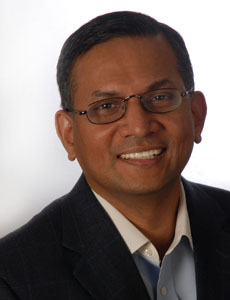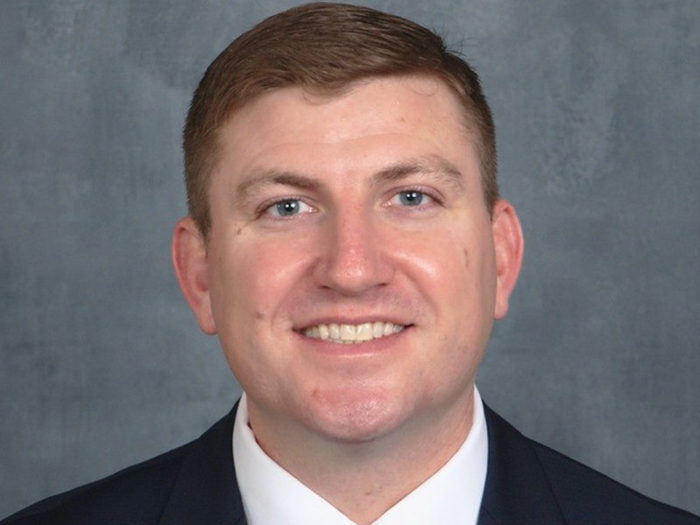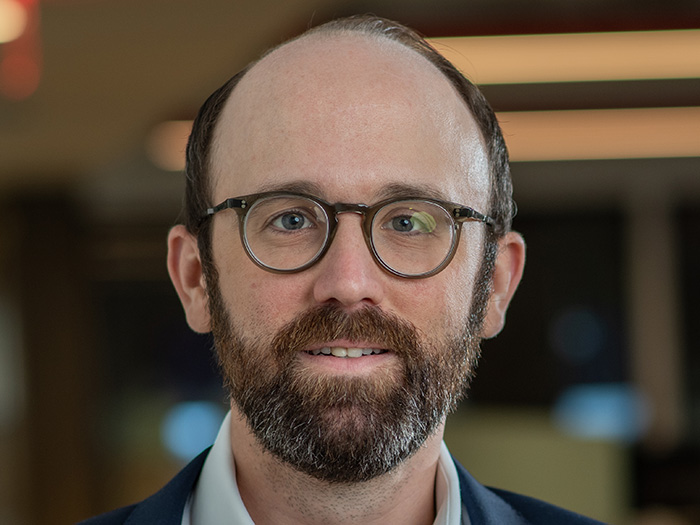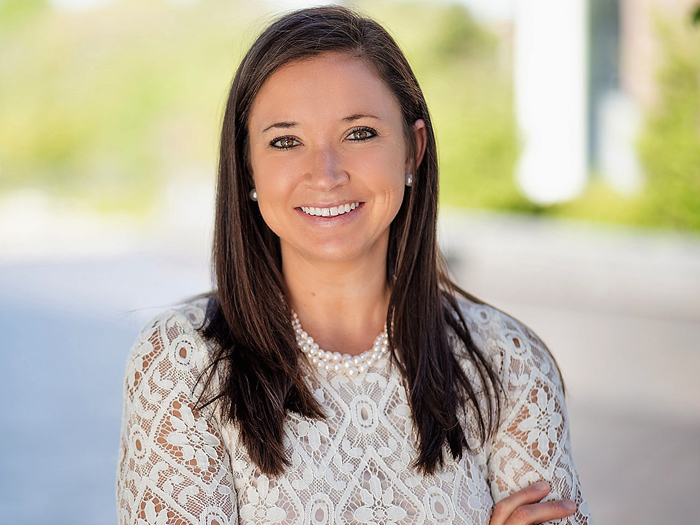Legal/Regulatory
Shifting Gears
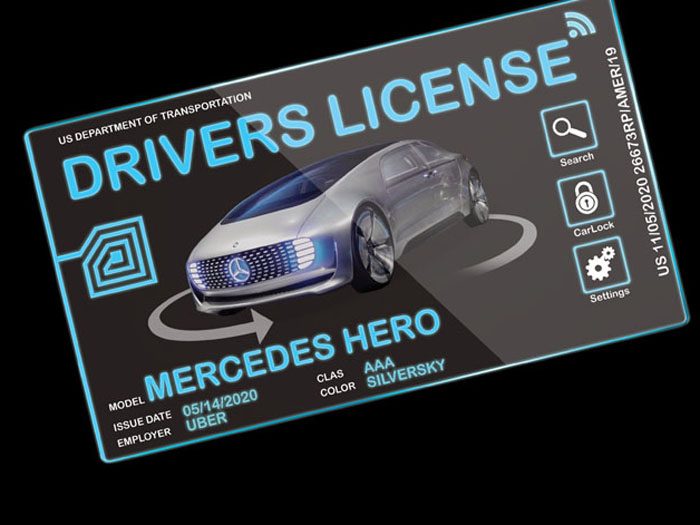
The U.S. Congress is expected this Fall to approve groundbreaking regulations on the production and use of driverless cars. Once the regulations are passed, they will likely bring about significant changes to the insurance industry.
A bill authorizing the expansion of driverless cars was approved on July 19 by the House Subcommittee on Digital Commerce and Consumer Protection and should reach the full House of Representatives in September. Having received support from both Republicans and Democrats in the subcommittee, the odds are that the House will give it the green light.
Among other provisions, the bill authorizes the deployment of 100,000 driverless cars on American roads without the need to meet all safety regulations that apply to ordinary vehicles. It also prevents states from imposing their own driverless cars rules.
The progress of the bill follows requests by the likes of Ford, Tesla and Volvo for the implementation of rules that will enable carmakers to accelerate the introduction of driverless cars in the market. The main argument is that they will be so safe that the number of road accidents should fall dramatically once intelligent vehicles predominate.
“Nearly 40,000 lives are lost in road crashes every year and nearly 94 percent of those crashes are caused by human error,” said David Strickland, the general counselor of the Self-Driving Coalition for Safer Streets, a lobby group, in a statement released after the bill was approved by the House subcommittee.
“By removing humans from behind the wheel, self-driving vehicles offer the opportunity to save lives and enhance mobility.”
What will also become scarce are auto insurance policies for drivers, one of the main sources of revenues for the global insurance industry.
This will bring about a fundamental shift in the way that auto insurance operates, as liabilities for accidents will shift from drivers to producers of cars.
“There is an opportunity for insurers between now and the next ten to fifteen years.” – Anand S. Rao, Innovation Lead, PwC’s Analytics Group
Product liability should become the main coverage for vehicles circulating on the road, with carmakers purchasing their programs from a reduced number of insurers, said Anand S. Rao, the Innovation Lead at PwC’s Analytics Group.
According to Rao, there will always be some need for individual insurance to protect vehicles from natural events and other losses not linked to road accidents. But the implementation of technologies such as forward collision warning, drowsy driver detection, lane departure sensing and others is likely to remove most of the human risks that constitute the bread-and-butter of today’s auto insurance business.
“Auto insurance will change from a personal line to a business line insurance,” Rao said.
“B2B insurers will end up making deals with car makers. And, in some cases, as we are already seeing in Europe, car manufacturers may opt to keep the liabilities, and transfer them to the reinsurance market.”
In other words, there will be room for a much smaller number of players in the auto insurance market. The good news is that the industry should have some time to prepare itself for this new reality.
“It may take a few decades before all the changes can happen,” Rao said.
The transition from human controlled cars to completely automated cars should take place gradually, enabling the insurance sector to adapt itself to it. The U.S. National Highway Traffic Safety Administration, or NHTSA, has in fact established a five-level route for the process, where Level 0 means no automation at all and Level 4 implies full self-driving automation.
“There is an opportunity for insurers between now and the next ten to fifteen years,” Rao said. In the short and middle runs, he said, insurers can employ the transition phase to collect data and adapt their prices and products and make a few extra bucks with the emerging technologies.
For example, before driverless cars completely dominate the market, the car industry is likely to offer dual-mode vehicles, where drivers will be able to decide whether they will keep control of the car or let automated systems take over.
“It will be easy to monitor how long drivers are keeping their hands on the steering wheel, and how long they are shifting to self-drive, and then slice the risk,” he added. A driver’s liability could apply to the periods where drivers keep their hands on the steering wheel, while product liability would take over on self-driving stretches.
“By doing this, they [insurers] can adapt rates and offer specially designed products that could attract more and more drivers who own dual mode vehicles,” Rao added.
Underwriters who prefer to focus on the future B2B opportunities should look for opportunities to collaborate with car makers and understand the emerging technologies, he pointed out.
But not all auto underwriters will be able to arrive unharmed to the end of the journey, as Rao believes that only a few leading players should survive in the auto insurance market once it takes its new shape.

